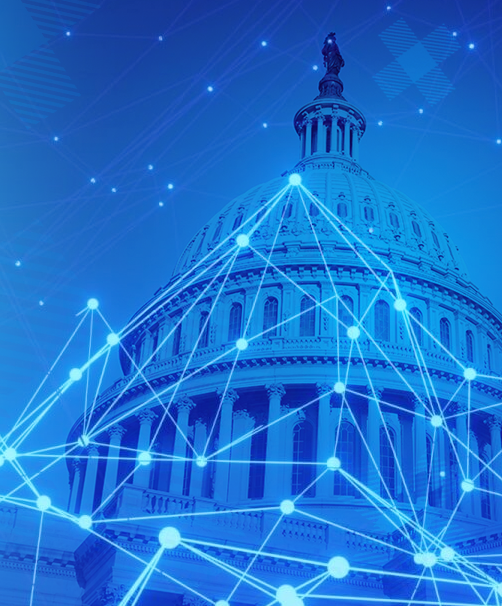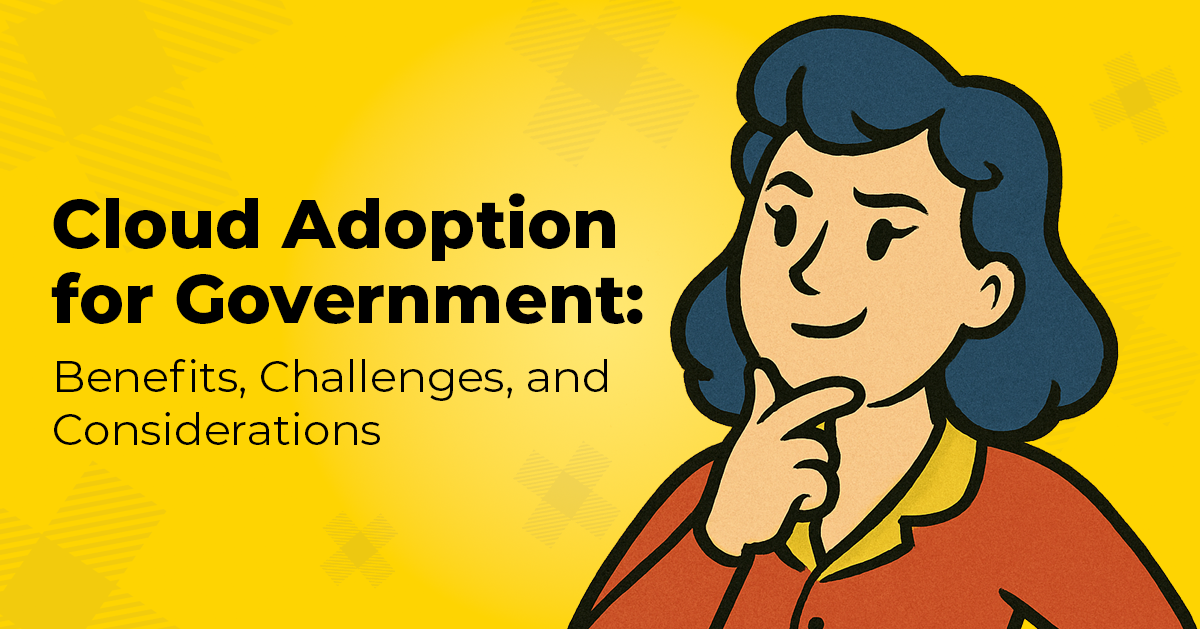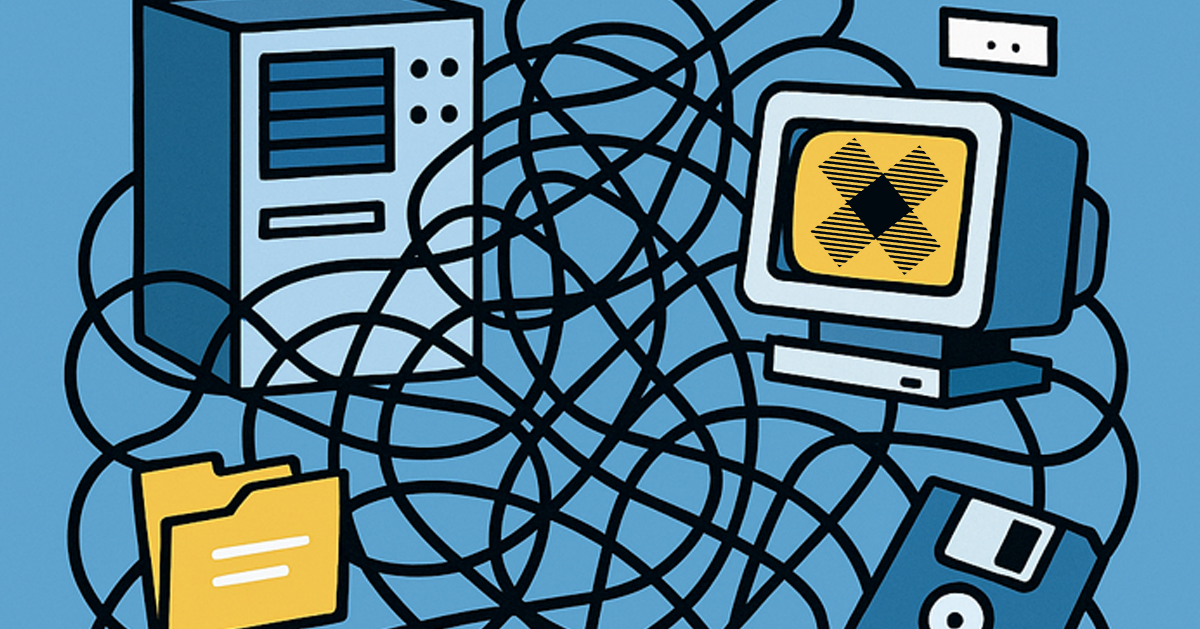
Many government agencies still rely on siloed legacy systems that can’t communicate with each other, leading to inefficiencies, delays, and frustration for both staff and citizens. As digital transformation becomes a growing priority in the public sector, interoperability in government IT systems is no longer a nice-to-have. It’s a must-have.
When systems can’t talk to each other, critical data stays locked away. That might mean citizens have to submit the same information to multiple agencies, or that one department must manually reconcile reports from another. Either way, the result is slower services, higher costs, and a diminished public experience.
So, what’s the solution? Start by breaking down the silos.
Interoperability: The Heart of Government IT Modernization
Interoperability is the ability of different IT systems, software applications, and data sources to connect and communicate effectively, regardless of their underlying technology. In the context of government, it means enabling departments and agencies to securely share data, collaborate more effectively, and automate workflows across platforms.
It’s a key component of any successful government IT modernization efforts. Without interoperability, agencies can’t fully unlock the value of their data or take advantage of modern tools that rely on integrated systems to deliver meaningful insights.
Let’s say a state health department needs to coordinate with housing or human services agencies to better serve at-risk populations. That level of service simply isn’t possible when systems are disconnected, and staff must rely on spreadsheets or emails to fill the gaps. But with interoperable systems in place, those agencies can access, and share real-time data securely, leading to faster support and better outcomes for constituents.
Why Interoperability Matters Now More Than Ever
There’s a growing sense of urgency around digital transformation in government and with good reason. Agencies are facing a combination of aging infrastructure, evolving cybersecurity threats, and increasing demands for efficient, user-friendly public services. At the same time, budget constraints and staffing challenges make it difficult to “rip and replace” older systems.
That’s where interoperability offers a practical path forward.
Rather than starting from scratch, agencies can connect and extend the value of the systems they already have. Through modern APIs, data integration layers, and cloud-based tools, it’s possible to bridge legacy platforms with newer technologies, turning isolated systems into part of a larger, smarter whole.
Interoperability supports:
Faster, more informed decision-making
Reduced duplication of data and effort
Better compliance and audit trails
Improved service delivery across departments
In short, it helps the government do more with what it already has.
Common Roadblocks and How to Overcome Them
Of course, interoperability isn’t without its challenges. Legacy systems often weren’t built with integration in mind. Data may be stored in incompatible formats, and different departments might have their own standards, security protocols, or even political concerns about sharing information.
But none of these barriers are unfixable.
We’ve seen agencies succeed by:
- Starting small, integrating one or two systems before scaling up
- Adopting common data models and governance practices
- Building integration roadmaps that align with mission goals
- Using middleware or service layers to connect older platforms
- Focusing on outcomes, not just infrastructure
Interoperability doesn’t have to be all-or-nothing. It can and often should be a phased, thoughtful process that builds momentum over time.
From Silos to Systems: Where to Start
If your agency is dealing with disconnected platforms or inefficient workflows, interoperability might be the missing piece. And the best part? You don’t need to rebuild everything from the ground up.
Start by identifying where systems already overlap or where data bottlenecks exist. Then, look for opportunities to create secure, standards-based connections that improve data flow without compromising compliance or security.
We help agencies:
Audit and assess their current IT architecture
Design and implement integration strategies
Modernize legacy systems with minimal disruption
Deliver scalable solutions that meet mission needs
Whether your goal is data integration in the public sector, enhanced service delivery, or long-term modernization, interoperability is a key step on the path forward.
Let’s Build What’s Next, Together
At The Canton Group, we specialize in modernizing government IT systems with sustainable, secure, and interoperable solutions. Whether you’re just starting to explore your digital transformation journey or are looking to optimize existing infrastructure, we’re here to help.
Contact The Canton Group to start breaking down silos and building smarter, more connected government services.


